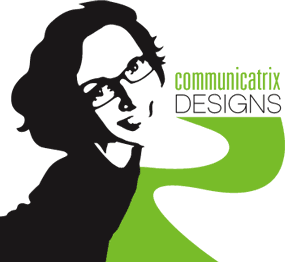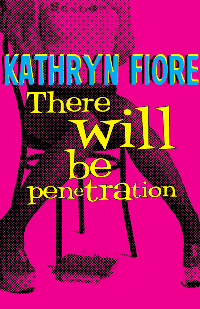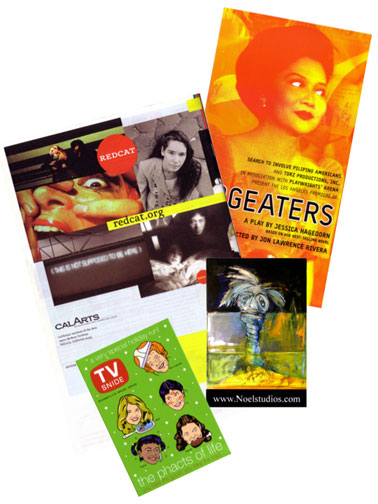 There are all kinds of myths surrounding the arts, especially where they intersect with commerce. Myths about working when the muse strikes, as opposed to working to increase the odds that she will. Myths about success ("It's a mysterious mystery come by mysteriously...plus Twitter!"). Enough myths about money to keep the stick-shaking brigade busy for a thousand billing cycles.
There are all kinds of myths surrounding the arts, especially where they intersect with commerce. Myths about working when the muse strikes, as opposed to working to increase the odds that she will. Myths about success ("It's a mysterious mystery come by mysteriously...plus Twitter!"). Enough myths about money to keep the stick-shaking brigade busy for a thousand billing cycles.
But after almost 30 years of circulation in the worlds of copywriting, performance, and design, I believe the most pernicious myth of all is that artists cannot learn to be good business people. Because we absolutely can if: (a) we're willing to make what may be some uncomfortable changes to our outlook and operating style; and (b) we find the right conduit for the information on how to do it.
When you're ready to embrace that first condition, Design Is a Job brilliantly provides the how-to. Written by Mule Design principal and co-founder Mike Monteiro, it contains a no-bullsh*t framework for building a successful creative business, covering everything from what design is (hint: not decoration) to how to keep your pipeline full of the kind of jobs you actually look forward to working on (hint: it does not involve cold calling, begging, or excessive retweeting). Networking, contracts, presenting, and management—it's all in here, in a compulsively readable 130 pages. Because no one knows better than Mike Monteiro that the real secret to getting the job done is doing the job, not reading about it.
While it is specifically written for designers, like The Elements of Content Strategy, a similarly outstanding entry in A Book Apart's series of "brief books for people who design websites," it is absolutely civilian-friendly.* If you're a creative artist who needs to get paid for your creative artistry, there's something here for you—writers, illustrators, and yes, even you, my lovely actors. You may have to put on your translator headphones here and there, but I guarantee that if you do, you will come away with invaluable insight in how to be less of a goofy creative and more of a goofy creative who gets paid.
Few things are more wonderful than being paid to do work you'd do for free—and few things will grind you down to a grim nub of misery faster than failing to treat that work as a job. Design Is a Job clearly, simply, and often hilariously outlines the steps for actually making a profit doing the work you love.
xxx c
*UPDATE: And lo, A Book Apart feels similarly about the synergy between these two books: you can buy them in a bundle!
- Buy Design Is a Job at A Book Apart
- View Mike Monteiro's much-lauded Creative Mornings talk, "F*ck You, Pay me" on Vimeo [obviously, contains swears!]
- Read the Mule Design weblog on design as a job
Book design by Jason Santa Maria. Author photo by Ryan Carver.




 One of my continual frustrations as a theater rat with a scrabbly foot in the design world is the unforgivable lack of pretty in most show flyers. They'll pay the lighting designer, they'll pay the costume designer, they'll sure as shit pay the director, they'll get everything on stage looking Sunday-go-to-meetin' purty, and then crap all over themselves with an ill-conceived, poorly designed flyer.
It's like my crazy Polish art teacher whined about back in silkscreen class: the packaging on materials being sold to artists is among the dullest and horsiest design there is. Ah, sweet irony.
One of my continual frustrations as a theater rat with a scrabbly foot in the design world is the unforgivable lack of pretty in most show flyers. They'll pay the lighting designer, they'll pay the costume designer, they'll sure as shit pay the director, they'll get everything on stage looking Sunday-go-to-meetin' purty, and then crap all over themselves with an ill-conceived, poorly designed flyer.
It's like my crazy Polish art teacher whined about back in silkscreen class: the packaging on materials being sold to artists is among the dullest and horsiest design there is. Ah, sweet irony. 